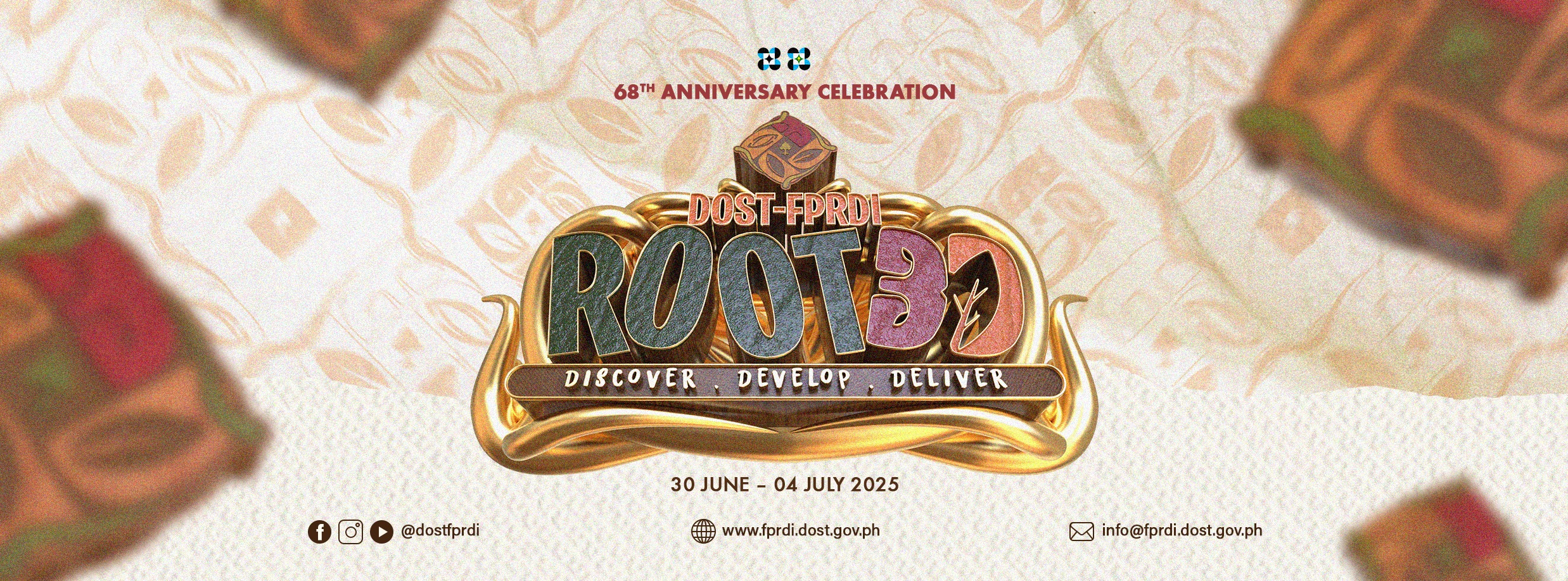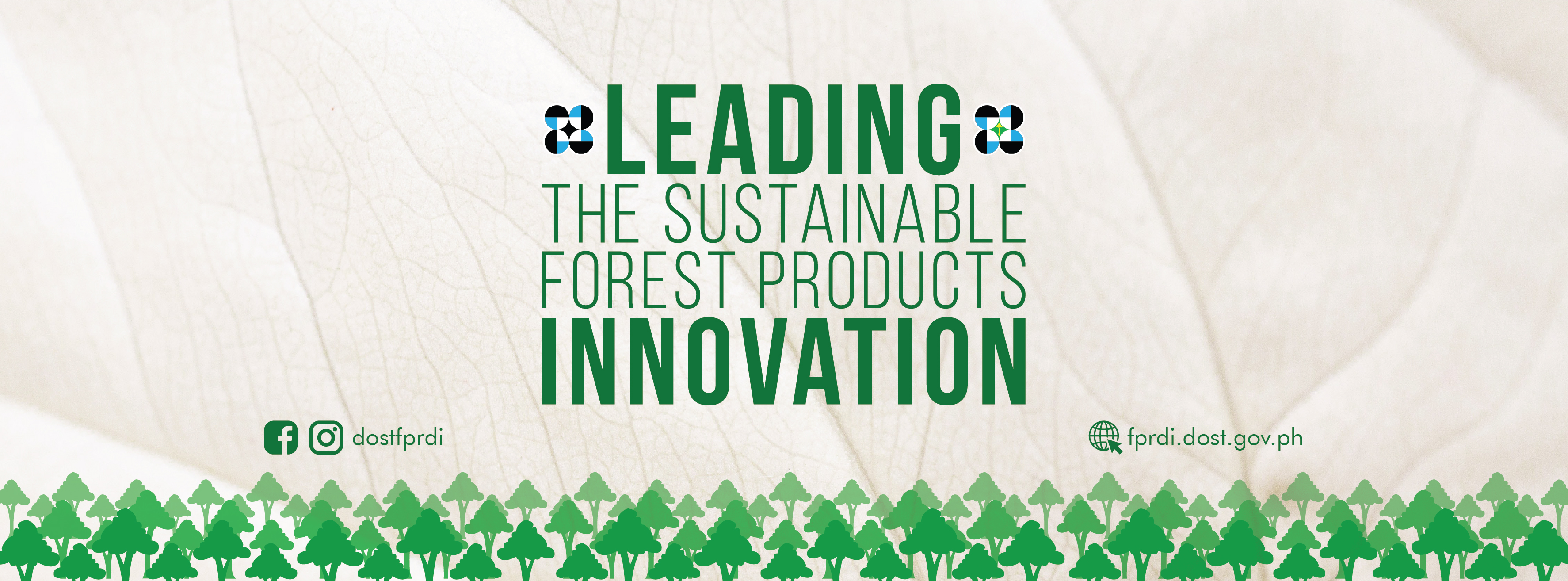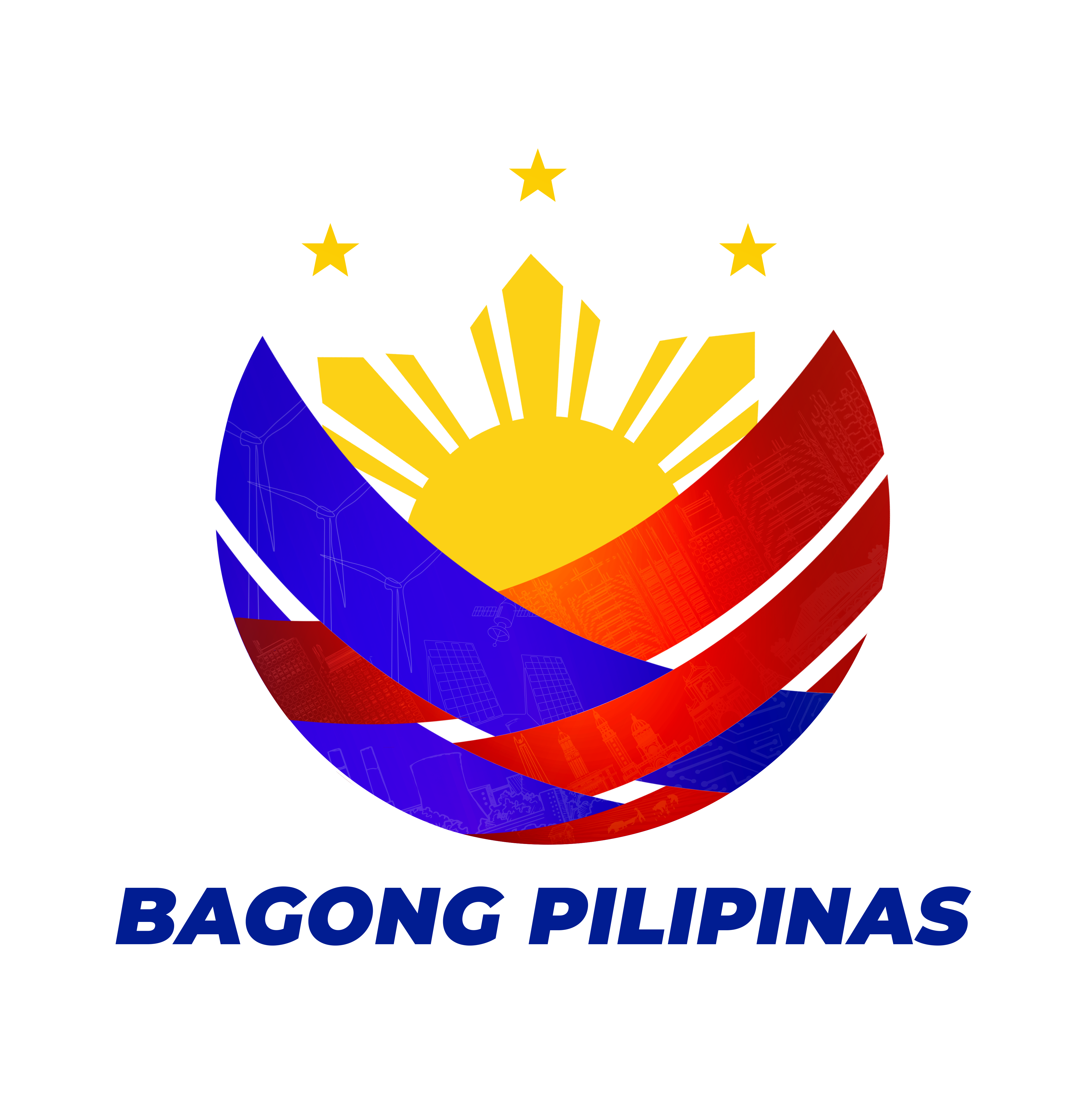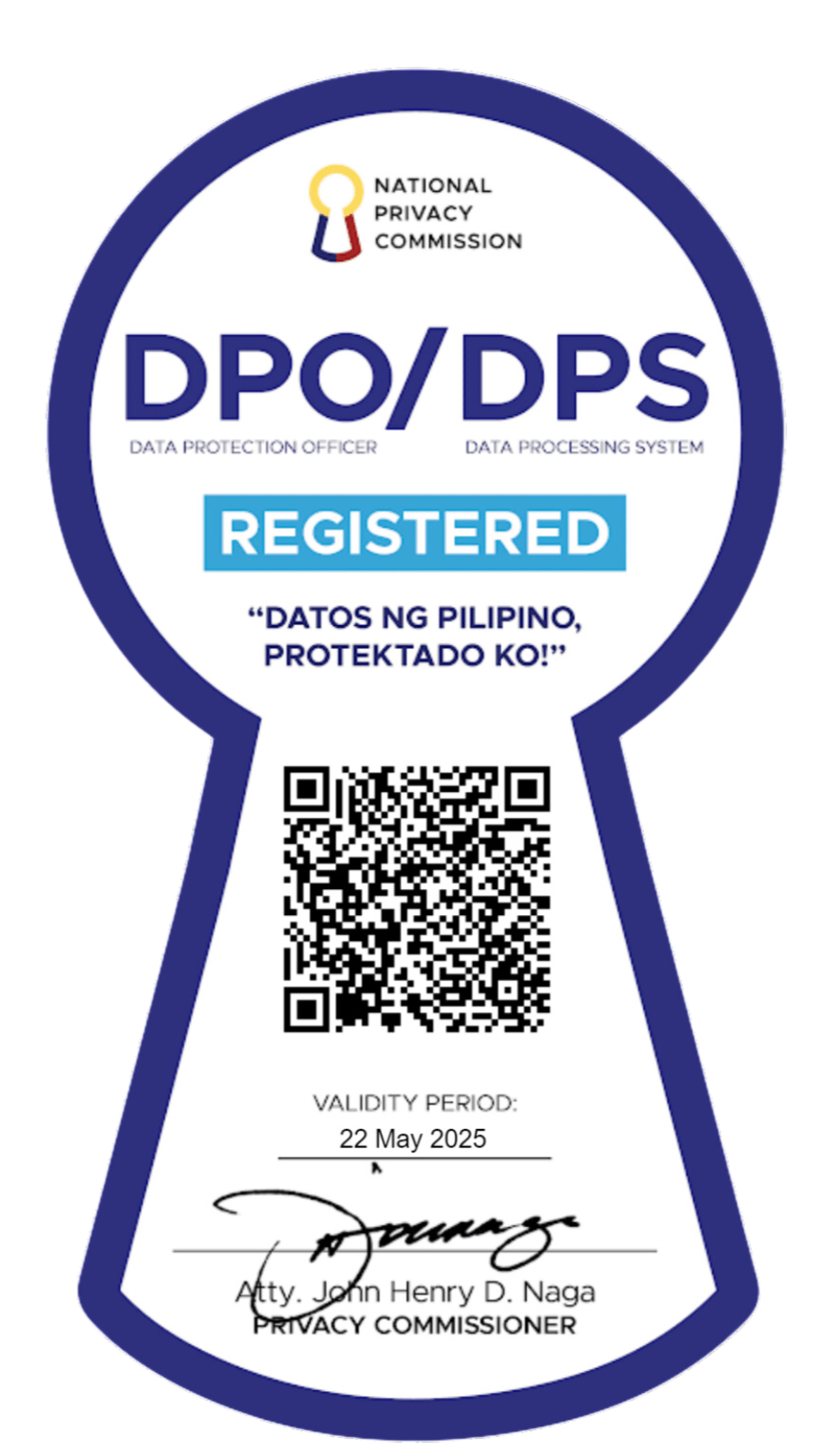FPRDI surveys buri rope-makers
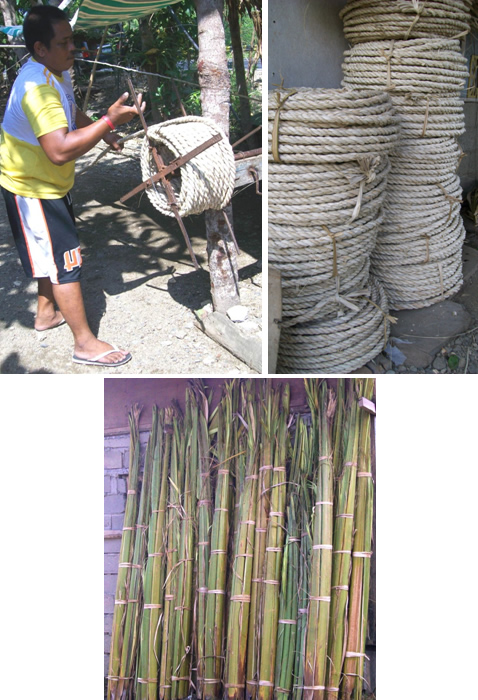
|
A resident of Atimonan, Quezon (left) rolls ropes woven from shoots of the buri palm (Corypha elata Roxb.) (bottom). Known as “halag”, the ropes are used by fishermen to hold coconut leaves which are submerged into the sea to serve as a temporary fish sanctuary. After six months, the leaves are retrieved along with a good catch of fish.
A recent survey by FPRDI researchers Arsenio B. Ella, Emmanuel P. Domingo and Florena B. Samiano shows that “halag”-making is unique to the Quezon Province. Producers earn as much as Php 10,000 a month and customers are mostly fishermen and businessmen involved in the fishing trade.
“ ‘Halag’- makers complain of several problems, however,” reports For. Ella. “They say they are hindered by the seasonality of buri shoot, the lack of drying facilities, and the lack of a producers’ coop.”
Ella continues, “To improve the marketing of their product, we recommend the rope-weavers themselves form into a coop and join trade fairs sponsored by the Department of Trade and Industry.
FPRDI can fabricate a facility for drying the buri shoots and ropes especially during the rainy season, and prepare a feasibility study to determine the product’s viability. Although buri thrives in coastal areas such as the Quezon Province, “halag”- producers will also need the help of the Department of Environment and Natural Resources to train them on buri propagation.” (Rizalina K. Araral, 16 September 2014)#

